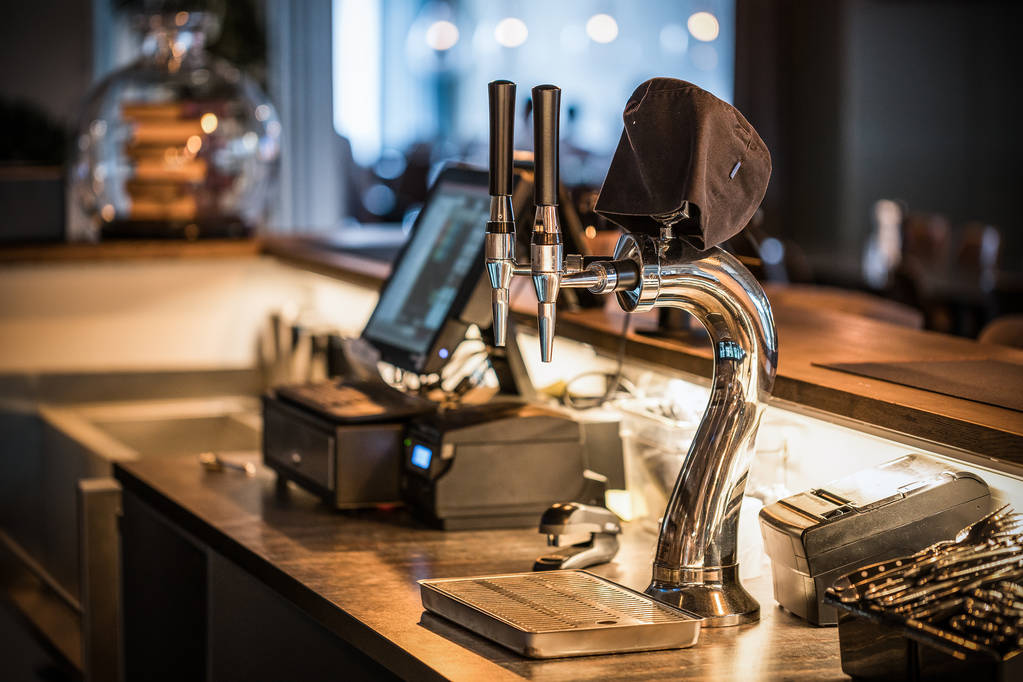The Complete Guide to Draft Beer Systems: Types and How They Work
When it comes to enjoying a perfectly chilled and freshly poured beer, a draft beer system plays a crucial role. Whether you’re a seasoned beer enthusiast or a casual drinker, understanding what a draft beer system is, its purpose, the various types available, and the process of making a beer draft can enhance your appreciation of this classic beverage experience.

What is a Draft Beer System?
A draft beer system, also known as a draught beer system, is a specialized setup that enables the dispensing of beer directly from a keg to a glass. Unlike bottled or canned beer, which may undergo temperature changes and prolonged storage, draft beer maintains its freshness and carbonation until the moment it is poured. This system typically involves a combination of kegs, CO2 or nitrogen gas, pressure regulators, cooling components, and taps.
Purpose of a Draft System
The primary purpose of a draft beer system is to provide beer enthusiasts with a superior drinking experience. The draft system ensures that beer is served at an optimal temperature, often between 38 to 42 degrees Fahrenheit (3 to 6 degrees Celsius), which enhances the flavor, aroma, and overall quality of the beer. Additionally, the system allows for precise control over carbonation levels, resulting in a well-balanced and effervescent pour.
Different Types of Beer Systems
Direct Draw System: Commonly used in small bars and restaurants, this system involves storing kegs directly underneath the tap. It’s simple and ideal for establishments with limited space.
Long Draw System: Suitable for larger establishments, this system involves storing kegs farther away from the tap. Beer lines run longer distances, often underground, ensuring that the beer remains cold and fresh throughout its journey to the tap.
Air-Cooled System: In this setup, beer lines are surrounded by a cooling unit, ensuring that the beer maintains its desired temperature from keg to tap.
Glycol-Cooled System: Used in setups where long beer lines are required, glycol-cooled systems use a separate cooling circuit with glycol to maintain beer temperature, making them ideal for multi-level establishments.
How to Make a Beer Draft
Select Your Draft System: Choose the type of draft system that suits your establishment’s needs and space constraints.
Install Components: Set up the necessary components, including keg couplers, CO2 or nitrogen tanks, pressure regulators, cooling units, and taps.
Connect the Lines: Attach beer lines from the keg to the tap, ensuring that they are free from kinks or obstructions that could affect the flow.
Regulate Pressure: Adjust the pressure regulators to maintain the appropriate carbonation levels for the beer style being served.
Cooling: Ensure that the cooling components are set to the recommended temperature range to keep the beer properly chilled.
Test and Pour: Open the tap and pour a sample to check for proper carbonation and temperature. Adjust the settings as needed.

A draft beer system is more than just a dispenser; it’s a meticulously engineered setup designed to elevate the beer-drinking experience. By understanding what a draft system is, its purpose, the available types, and the process of making a beer draft, you’ll be better equipped to appreciate the craftsmanship that goes into delivering that refreshing glass of perfectly poured beer. Cheers to a satisfying and flavorful draft experience!
Learn more at Wiki as well.
